Overview of Iron Oxide (Fe2O3)
Iron oxide, chemically denoted as Fe2O3, is a common compound found in nature and is widely used in various industries. This oxide exists in several forms, including hematite and magnetite, each with its unique properties. Hematite, the most stable form of iron oxide, is the primary ore of iron and is responsible for the red coloration seen in many rocks and soils. Magnetite, on the other hand, exhibits magnetic properties due to its iron content.
Characteristics of Iron Oxide (Fe2O3)
Color and Appearance: Iron oxide typically appears as a red-brown solid, with hematite exhibiting a distinct red coloration.
Chemical Properties: It is insoluble in water but soluble in acids, releasing iron ions into the solution.
Stability: Iron oxide is relatively stable under normal conditions, but it can react with other elements to form different compounds.
Magnetic Properties: Magnetite, a form of iron oxide, is strongly magnetic, attracting iron objects.
Industrial Importance: Iron oxide finds widespread use in the production of iron and steel, pigments, and various other industrial applications.
Application of Iron Oxide (Fe2O3)
Iron and Steel Production: Iron oxide is a crucial raw material in the production of iron and steel, serving as the primary source of iron.
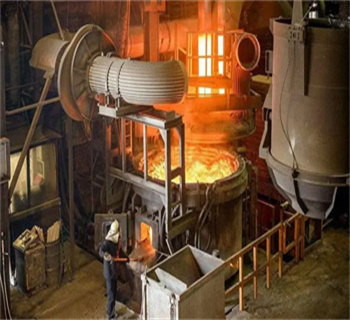
Iron and Steel Production
Pigment Industry: Due to its color and stability, iron oxide is widely used as a pigment in paints, coatings, and inks.
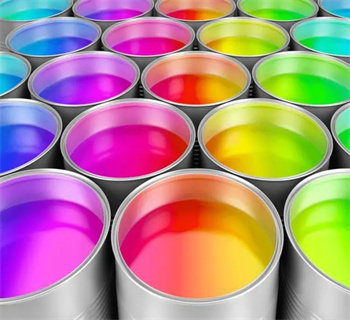
Pigment Industry
Ceramics and Glassmaking: It is employed as a colorant in ceramics and glass, imparting a red or brown hue.
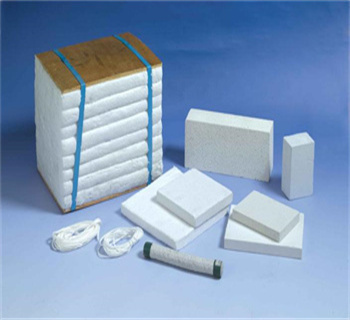
Ceramics and Glassmaking
Magnetic Applications: Magnetite, a form of iron oxide, is used in the manufacturing of magnets and magnetic storage devices.
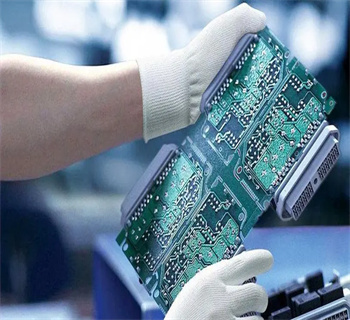
Magnetic Applications
Water Treatment: Iron oxide can be used as a flocculant in water treatment plants to remove impurities.
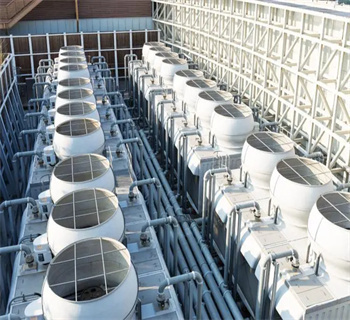
Water Treatment

Company Profile
NANOTRUN(www.rboschco.com) is a trusted global chemical material supplier & manufacturer with over 12-year-experience in providing super high-quality chemicals and nanomaterials, including boride powder, nitride powder, graphite powder, sulfide powder, 3D printing powder, etc.
The company has a professional technical department and Quality Supervision Department, a well-equipped laboratory, and equipped with advanced testing equipment and after-sales customer service center.
If you are looking for high-quality Iron Oxide (Fe2O3), please feel free to contact us or click on the needed products to send an inquiry.
Payment Term
L/C, T/T, Western Union, Paypal, Credit Card etc.

Shipment Term
By sea, by air, by express, as customers request.
FAQ
Q1:
What is the difference between hematite and magnetite?
Re: Hematite and magnetite are both forms of iron oxide, but they differ in their physical and chemical properties. Hematite is the most stable form of iron oxide and is non-magnetic, while magnetite is strongly magnetic due to its iron content. Additionally, hematite typically appears as a red-brown solid, while magnetite can vary in color.
Q2:
Is iron oxide harmful to humans?
Re: Iron oxide is generally considered safe for humans in its natural form. However, inhaling large amounts of iron oxide dust can be harmful, causing respiratory issues. Additionally, certain synthetic forms of iron oxide used in pigments or other applications may pose risks if not handled properly.
Q3:
How is iron oxide used in the pigment industry?
Re: Iron oxide is widely used in the pigment industry due to its color and stability. It is employed as a natural colorant in paints, coatings, inks, and other products, imparting a red or brown hue. Iron oxide pigments are also known for their durability and resistance to fading, making them suitable for outdoor applications.
Q4:
Can iron oxide be used for water purification?
Re: Yes, iron oxide can be used for water purification. It can be employed as a flocculant in water treatment plants, where it helps to remove impurities by clumping them together and settling them out of the water. This process makes the water clearer and safer for consumption.
Q5:
Is iron oxide environmentally friendly?
Re: Iron oxide is generally considered environmentally friendly. It is a naturally occurring compound that does not pose a significant threat to the environment in its natural form. However, synthetic forms of iron oxide used in certain applications may have environmental impacts depending on their production and disposal methods. Proper disposal and recycling practices should be followed to minimize any potential environmental impacts.
Iron Oxide Properties | |
| Other Names | ferric oxide, red iron oxide, micaceous iron oxide, Fe2O3 powder |
| CAS No. | 1309-37-1 |
| Compound Formula | Fe2O3 |
| Molecular Weight | 159.69 |
| Appearance | Reddish-brown Powder |
| Melting Point | 1566 °C |
| Boiling Point | N/A |
| Density | N/A |
| Solubility in H2O | Insoluble |
| Exact Mass | 159.855 g/mol |
Iron Oxide Health & Safety Information | |
| Signal Word | N/A |
| Hazard Statements | N/A |
| Hazard Codes | N/A |
| Risk Codes | N/A |
| Safety Statements | N/A |
| Transport Information | NONH |




